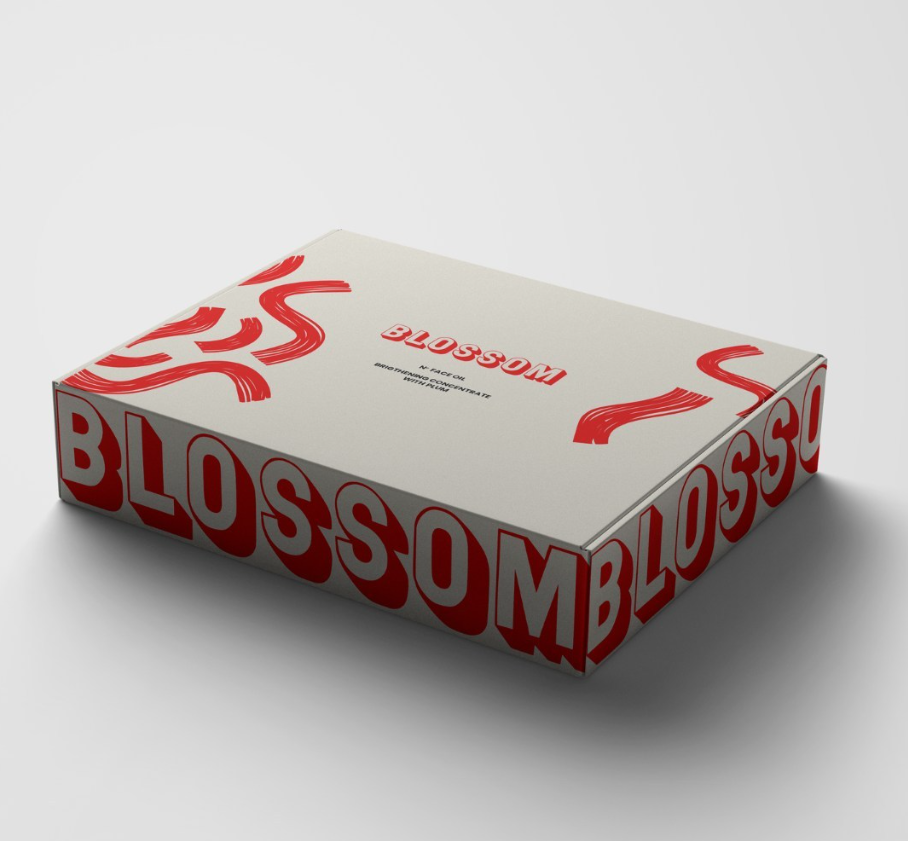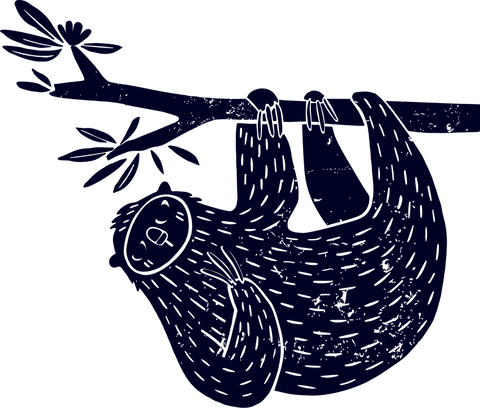Aromatische Tees, Kräuter und Gewürze sind beliebte Produkte, die im Alltag oder als Präsent vielfältige Optionen bieten. Entsprechend zahlreich sind auch die Verpackungen, die sich im Handel darbieten.
Doch damit die Produkte ihre Eigenschaften behalten und die Hygiene nicht unter kurzzeitigen Lagerveränderungen leidet, sind einige Anforderungen zu erfüllen.
Möchte ein Unternehmen zudem die Nachhaltigkeit im Blick behalten und auf klassische Umverpackungen aus Kunststoffen und Co. verzichten, bieten sich moderne Verpackungen für Tee, Kräuter und Gewürze als stilvolle und praktische Varianten zur Auswahl.
In diesem Beitrag stellen wir dir nachhaltige Verpackungen für Tee, Kräuter und Gewürze vor, welche die optimalen Eigenschaften für den Schutz und die Optik deiner Produkte mitbringen. Erfahre mehr über moderne Verpackungen für Kräuter und Gewürze.
Was sind die optischen Anforderungen an Verpackungen für Tees, Kräuter und Gewürze?

Die Verpackungen für Tees, Kräuter und Gewürze sollten Optisch zum Inhalt passen.
Tee, Kräuter und Gewürze sind die absoluten Genussprodukte. Entsprechend wichtig ist daher, die Auswahl der Verpackung dem mit dem Genuss verbundenen Lebensgefühl anzupassen. Dabei kann die optische Gestaltung sowohl schlicht und rustikal sein als auch stilvoll, edel mit markanten Extras.
Maßgeblich sind der persönliche Geschmack und die Anpassung an das grundlegende Flair deines Labels, das eine klare Linie verfolgen sollte. Die Vielfalt der möglichen Verpackungen für Kräuter, Tee und Gewürze erlaubt dabei nahezu jeden farblichen und gestalterischen Stil von klassisch bis hin zu kreativ und individuell.
Je hochwertiger die Ware selbst ist, desto anspruchsvoller dürfen auch die optischen Anforderungen für das Produkt sein, das durch die geeignete Verpackung einen unterstreichenden Rahmen erhält.
Über die Wahl der Materialien in der Verpackung für Kräuter, Tees und Gewürze können elegante oder stylische Effekte erzielt werden, welche den materiellen Wert, aber auch die ethischen Werte des Inhalts widerspiegeln. Farbeffekte und Glanzakzente spielen dabei ebenso eine Rolle wie nostalgisches Flair in natürlichen Tönen und traditionellen Gestaltungselementen.
So kann eine elegant wirkende Verpackung aus Naturmaterialien passend sein, um der Natürlichkeit des Produktes Ausdruck zu verleihen, während ein edles Glasgefäß hochwertigen Stil und Exklusivität ausdrückt.
Begeistert die Verpackung aus stabiler Pappe zudem mit einer Wiederverwertbarkeit oder erlaubt die Verwendung von modernen Materialien wie Recycling-Kunststoffen (wenn aus Aromaschutzgründen nicht völlig auf Kunststoffe verzichtet werden kann), wird die Wahl der Verpackung zu einem nachhaltigen Statement, das der Zielgruppe ganz bestimmt ins Auge fällt. Ergänzend kann über die individuelle Gestaltung von Verpackungsetiketten ein optisch ansprechendes Extra für die Gesamtwirkung des Produktes erzielt werden.
Praktische Anforderungen für Verpackungen
Kräuter, Tee und Gewürze sind aromatische Produkte. Doch damit sie ihre Eigenschaften für den Duft und den Geschmack auch behalten, sollten Verpackungen ihre Funktion als Schutzelement erfüllen. Die wichtigsten Schutzfunktionen einer hochwertigen Verpackung für Kräuter, Tee und Gewürze umfassen den Schutz vor Beschädigung und Verderb durch:

- Feuchtigkeit
- Licht
- Verschmutzungen
- Schädlinge
- Aromaverlust
Nachhaltige Verpackungen standen dabei lange in dem Ruf, den Inhalt der Verpackung nicht ausreichend zu schützen. Papier und Pappe, aber auch Stoffbeutel, sind nicht feuchtigkeitsresistent und halten das Aroma nicht ausreichend. Schädlinge können durch Papier und Pappe gegebenenfalls leicht eindringen, was dieses Material allein nicht zu einer ausreichenden Verpackung macht.
Beschichtungen von Papieren machten das Material nur begrenzt recyclingfähig, während Kunststoffe an sich schon durch ihre aufwendige Produktion und die fehlende biologische Abbaubarkeit zur Qual der Wahl im Rahmen nachhaltiger Verpackungen werden.
Moderne Materialien und Verpackungslösungen verbinden den Schutz durch dünne, doch effektive Barriereschichten. Gewachste Papiere können als Verpackung für den Endverbraucher eingesetzt werden. Darüber hinaus macht die moderne Verpackungsindustrie auch in der Nachhaltigkeit stetig wachsende Fortschritte.
So gibt es heute nicht nur feinste Folien aus biologisch abbaubaren und/oder recyclingfähigen Kunststoffen, sondern auch innovative Verpackungsprodukte aus recyceltem Kunststoff. Diese kommen in der Qualität den hohen Anforderungen der Lebensmittelhygiene nach und können selbst erneut recycelt dem Wertstoffkreislauf zugeführt werden.
Darüber hinaus bieten sich die bewährten Klassiker wie Metalldosen und Glasgefäße als elegante und hochwertige Verpackung für Kräuter, Tee und Gewürze an, die die gewünschte Funktionalität mitbringen und eine stilvolle Optik in die Produktpräsentation einbringen.

Auch wenn eine elegante Aufmachung der Verpackung das Auge anspricht, sollte der praktische Nutzen über den Produktschutz bis über den Verkauf hinaus bedacht werden. Gewürze werden selten direkt nach dem Öffnen verbraucht und die schöne Verpackung verliert ihren Sinn, wenn das Produkt umgefüllt wird. Wiederverschließbarkeit ist entsprechenden ein praktisches Extra, das mit einer stilvollen Verpackung für Kräuter, Tee oder Gewürze einhergehen sollte. |
Option Standbodenbeutel

Eine besondere Option zum Verpackung von Kräutern, Gewürzen und Tees sind Standbeutel.
Standbodenbeutel gelten im Einzelhandel als beliebte Verpackung für Kräuter, Tee und Gewürze. Besonders in Teegeschäften, in denen die Menge erst beim Kauf abgewogen wird, sind sie ein alltäglicher Anblick.
Die kleinen Tüten, die durch eine besondere Faltung des Beutelbodens allein stehen können, sind leicht zu befüllen. Dabei können die schlichten Standbodenbeutel oft in vielfältigen Farben, Strukturoberflächen oder ganz natürlich gewählt werden, um sich den gewünschten Tee in der Wunschmenge abfüllen zu lassen.
Der Vorzug der Standbodenbeutel liegt auf der Hand: In einem optisch flexiblen Außengewand befindet sich eine Beschichtung oder eine Folie, welche den Inhalt zumindest kurzfristig vor Verschmutzungen und Schäden schützt. Dabei ist die Füllmenge begrenzt variabel, der Inhalt leicht entnehmbar und in der Regel durch einen Papierclip mit Drahtgeflecht unkompliziert wiederverschließbar.
Nachteilig ist der nur geringfügige Schutz des Inhalts, was bei den begrenzten Verbrauchsmengen jedoch in der Regel kein Problem ist. Recycelt werden die Standbodenbeutel nach der Leerung zumeist über das Verbundsystem der gelben Tonne, je nach Ausführung auch durch die Trennung von Innenschutzfolie und Papier in gelber Tonne und Altpapier.
Karton oder Schachtel als Alternative
Als Verpackung für Kräuter, Tee und Gewürze sind auch Kartons oder Schachteln sehr beliebt. Sie können als Alternative dienen, um dem Inhalt des Produktes eine stabilere Umverpackung zu verleihen, die sich standfest und schützend darbietet.

Dabei ist es jedoch maßgeblich, das Material genau zu kontrollieren: Ist es lebensmittelecht und wirklich schützend oder ist eine zusätzliche Schutzschicht beziehungsweise eine weitere Verpackung für das eigentliche Produktgut notwendig?
Kartons und Schachteln können mit einlegbaren Papieren in lebensmittelechter Qualität ausgestattet werden oder kleinen Folierungen den eigentlichen Inhalt schützen. Beliebt sind stilvoll gestaltete Kartons jedoch, um kleine Produktmengen verschiedener Art voneinander getrennt in einer Umverpackung zu platzieren. So dienen Kartons und Schachteln als wundervolle Grundlage, um Gewürzsets und Teepakete in einer Geschenkverpackung natürlich zu umrahmen.
Innovativ und kreativ: Bio-Kunststoff und Recyclingmaterialien
Wenn der Inhalt der Produkte sehr empfindlich gegenüber Feuchtigkeit ist oder die Verpackung längere Zeit halten soll als nur vom Geschäft bis zum Endverbraucher (zum Beispiel im Teeladen), kann auch der Einsatz von Kunststoff als Verpackungsmaterial nachhaltig gestaltet werden.
Moderne Hersteller mit hohen Ansprüchen an die Nachhaltigkeit haben zusammen mit der Forschung innovative Bio-Kunststoffe entwickelt, die als Folien oder in Mehrschichtsystemen für Standbodenbeutel aus Papier den Schutz für den Verpackungsinhalt erhöhen.
Die Bio-Kunststoffe sind teilweise biologisch abbaubar und stehen in den positiven Eigenschaften herkömmlichen Kunststoffen kaum mehr nach. Alternativ können auch Recyclingmaterialien zum Einsatz kommen, beispielsweise aus Kunststoff, die aus dem Meer gefischt wurden.
Ein smartes Beispiel nachhaltiger Kunststoffverpackungen findet sich im Doypack. Doypack-Verpackungen sind aus recyceltem Kunststoff und kommen vor allem für Obst- und Gemüseprodukte zum Einsatz. Sie sind durch die besondere Form und Abfüllungsweise jedoch auch als Verpackung für Kräuter, Tee und Gewürze geeignet.
Die innovativen Verpackungen kommen zudem für Flüssigkeiten in Betracht, bieten vakuumgeschützte Sicherheit für das Aroma und verzichten auf eine Verschlusskappe, um bei der Verpackung Material einzusparen.

Hochwertige Produkte wie Tee, Kräuter oder Gewürze werden gerne verschenkt. Auch der Käufer freut sich über schön gestaltete Artikel, die schon beim Betrachten die Vorfreude auf das Probieren erhöhen. Somit ist eine stilvolle Umverpackung als Premiumversion meist ebenso beliebt wie explizit zum Verkauf angebotene Geschenkboxen, die das Aussuchen von Präsenten für liebe Menschen erleichtern. |
Metalldosen und Glasgefäße als Edelverpackung
Last but not least sind Metalldosen und Glasgefäße echte Dauerbrenner in der Verpackungswelt. Als Edelverpackung bieten sie Schutz vor äußeren Einflüssen. Einfach zu öffnen und wieder zu verschließen zeigen sie sich in der Alltagsnutzung äußerst praktisch.
Stilvoll und elegant gelten diese Materialien als Verpackung für Kräuter, Tee oder Gewürze und sind zudem die optimale Variante, um Geschenkboxen und Premiumvarianten des Produktes praktisch und schön zugleich auszustatten. Die vergleichbar höheren Kosten für die Edelverpackung können sich lohnen: Stilvoll designt werden die edel wirkenden Verpackungen häufig auch nach der Leerung von den Käufern noch weiter benutzt und stärken das Personal Branding deines Labels.
Fazit: Die richtige Verpackung für deine aromatischen Produkte
Die Wahl der richtigen Verpackung für Kräuter, Gewürze oder Tees ist ein wichtiger Faktor für die Produktgestaltung. Je hochwertiger ein Produkt, je anspruchsvoller die Zielgruppe, desto mehr sollte auch die Verpackung die gewünschten Eigenschaften widerspiegeln, die mit Optik und Funktionalität über den Schutz des Verpackungsinhalts hinausgehen.
Hast du Fragen zur richtigen Verpackung deiner Produkte, steht dir unser Team gerne zur Verfügung, um dich durch eine persönliche Beratung auf dem Weg zur individuell passenden Variante zu begleiten.
FAQ
-
Welchen Schutz bieten Verpackungen für Kräuter, Tee und Gewürze?
Die passende Verpackung bietet dem Inhalt Schutz vor Licht, Feuchtigkeit, Verschmutzungen, Schädlingen und Aromaverlust.
-
Gibt es Verpackungen mit Kunststoff, die nachhaltig sind?
Ja, moderne Verpackungen für Kräuter, Tee und Gewürze können trotz der Einbindung von Kunststoffen nachhaltig sein. Innovative Hersteller produzieren inzwischen biologisch abbaubare Kunststofffolien, während hochwertige Kunststoffmaterialien über den Recyclingkreislauf wiederverwendet werden können.





